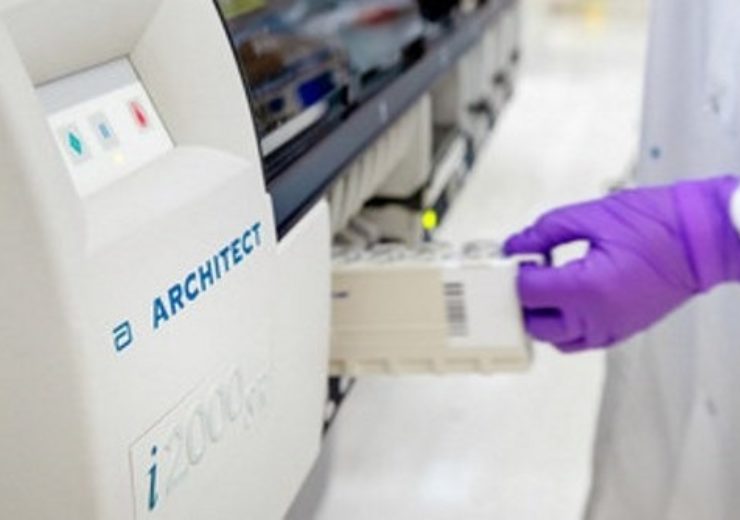The lab-based serology blood test helps to detect IgG antibody, which identifies the presence of novel coronavirus

Abbott has introduced third COVID-19 test. (Credit: Abbott)
Healthcare firm Abbott has introduced a laboratory-based antibody blood test for the detection of novel coronavirus (COVID-19).
The firm’s third COVID-19 test enables to detect IgG antibody, which identifies whether the person had a novel coronavirus.
Abbott’s lab-based serology blood test, dubbed SARS-CoV-2 IgG test, will allow to better understand the virus, which could be helpful in the development of treatments and vaccines.
The antibody test helps to determine whether someone was previously infected, while molecular testing enables to detect whether someone has the virus.
The IgG antibody is a protein that is produced in the late stages of infection by the body. It may remain for up to months and years after a person has recovered.
The IgG antibody test will run on the ARCHITECT i1000SR and i2000SR laboratory instruments
Abbott’s IgG antibody test will initially run on the ARCHITECT i1000SR and i2000SR laboratory instruments.
With the capacity to run up to 100-200 tests per hour, the ARCHITECT instruments are already in use in more than 2,000 US laboratories.
Abbott is also planning to file an emergency use authorisation (EUA) submission with the FDA for the IgG antibody test, in addition to CE Mark to the IVD Directive in the European Union.
Abbott has already launched two COVID-19 tests, including the m2000 molecular laboratory system and the ID NOW molecular point-of-care device.
The ID NOW molecular point-of-care test holds the capacity to deliver positive results within five minutes and negative results in 13 minutes.
Abbott president and CEO Robert Ford said: “We continue to contribute in a significant and meaningful way by providing new solutions across our diagnostics testing platforms.
“I’m extremely proud of the many Abbott people who are working around the clock to get as many tests as we can to healthcare workers and patients.”
